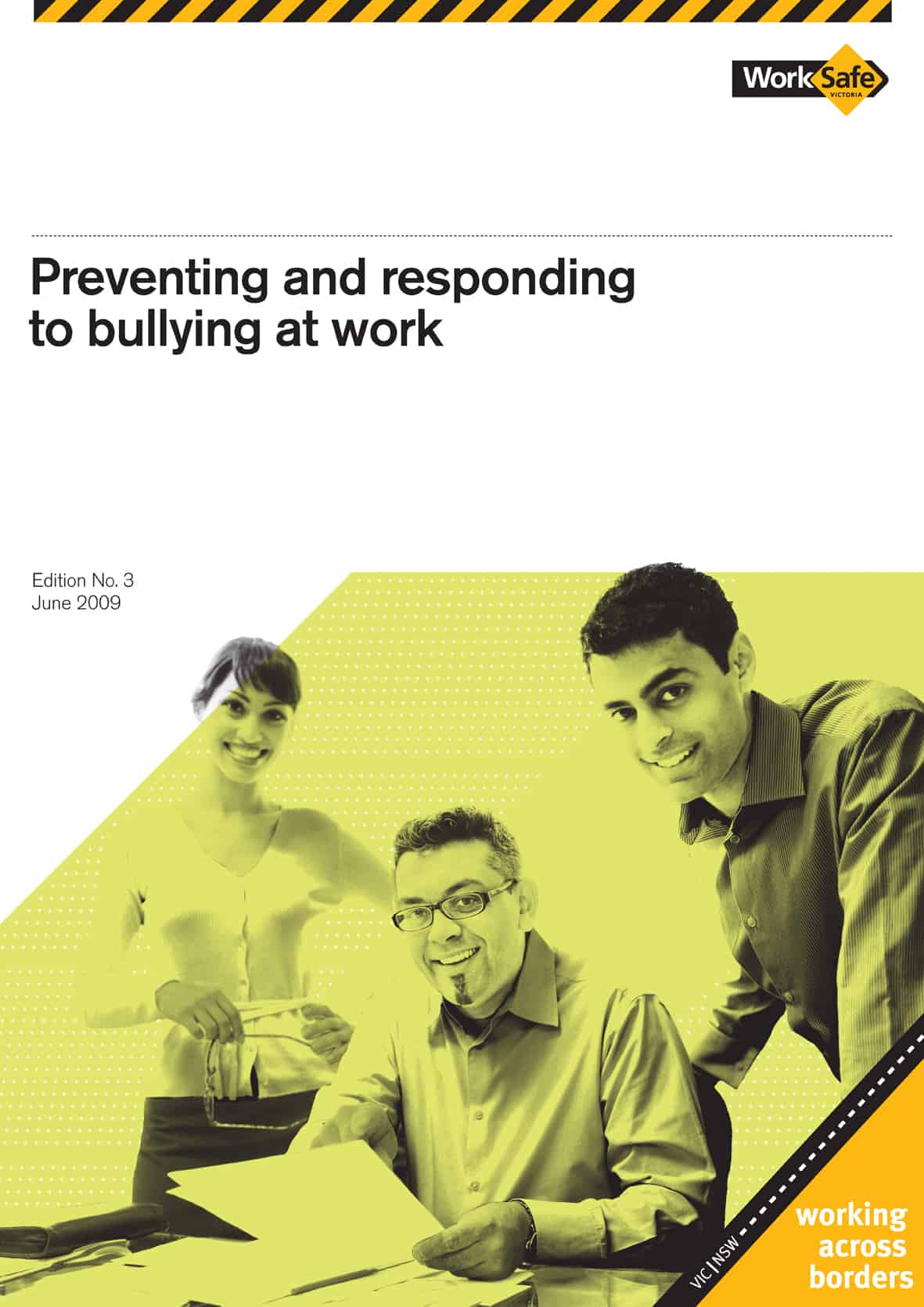Ben Merens of Wisconsin Public Radio interviewed Gary Namie of the Bullying Institute on 26 May 2010 for 45 minutes on his At Issue radio program. The interview is very timely as new “Healthy Workplace” legislation is being considered in the United States.
What was useful in this interview was that the discussion centred on workplace bullying and Namie summarised how this is substantially different from schoolyard bullying – a significant difference which requires different methods of control. Namie says that although bullying in childhood is significant, the impact on an adult of similar treatment may have longer lasting effects.
 The broadcast, of course, applies to the US context principally but Namie has a long and strong international reputation in workplace bullying advice and deserves an audience. Tellingly, Namie says that the comparison for workplace bullying is not schoolyard bullying but domestic violence.
The broadcast, of course, applies to the US context principally but Namie has a long and strong international reputation in workplace bullying advice and deserves an audience. Tellingly, Namie says that the comparison for workplace bullying is not schoolyard bullying but domestic violence.
In 2001, Namie provided me with a review copy the 2000 edition of The Bully At Work for the SafetyATWORK magazine. The review is available HERE.

